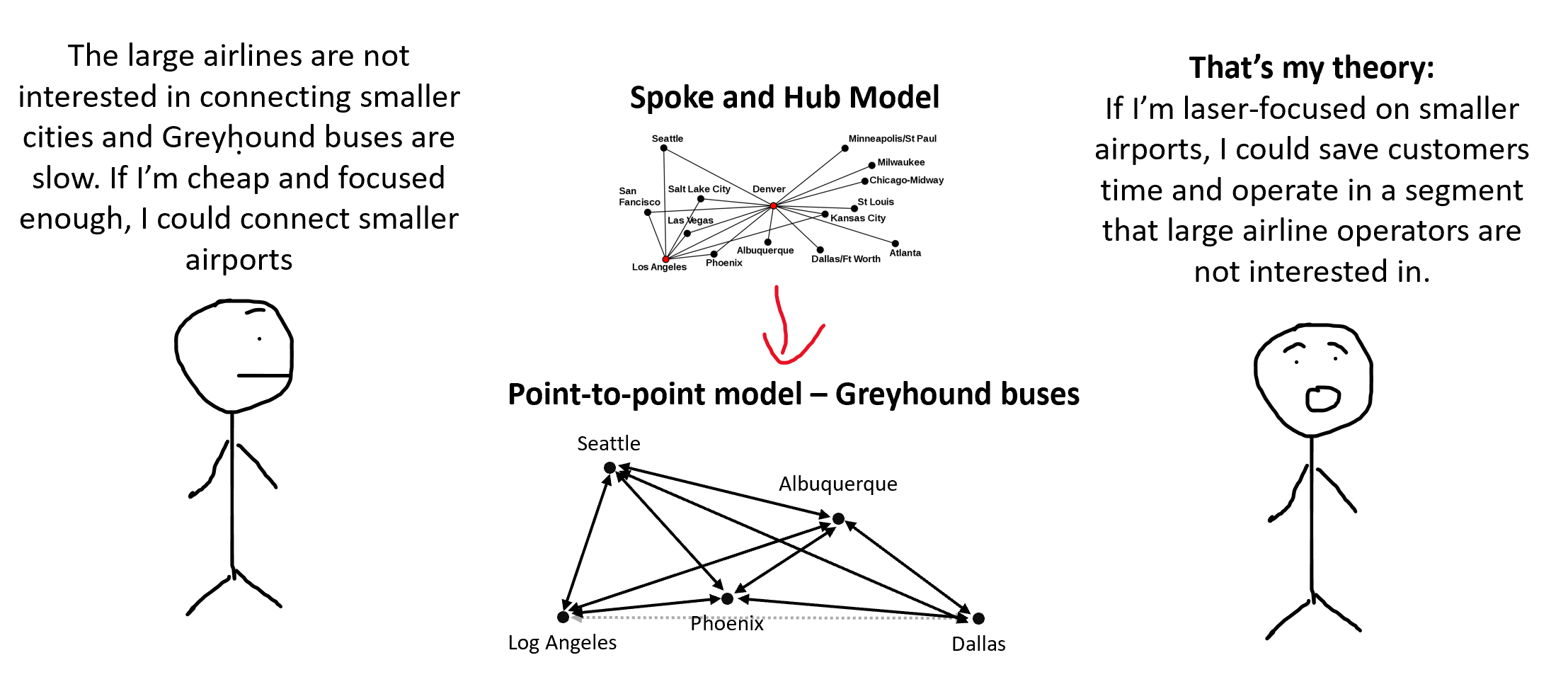Identify Companies with Superior Strategies.
Strategy is choice. It's choosing to do one thing instead of another. This summary highlights the concepts of a strategy and how they show throughout the actions of a company. This summary is based on the book - Playing to Win - by Alan G. Lafley and Roger Martin.
When you think about strategy, what comes to your mind? Most would put strategy equal to a plan. Specific tasks are executed in an arbitrary or logical order. But a plan is not a strategy. Here are a few other things that are not a strategy:
A strategy isn’t the motivation or vision of a company.
A strategy isn’t (mainly) about the product or services a company offers its customers.
A strategy isn’t about optimizing your operations.
So, what is a strategy? A strategy is a set of choices and decisions that position a company on a playing field of its choice with the aspiration to win on that playing field. A strategy answers the following questions:
What is the company’s winning aspiration?
Defines broadly where the company is playing.
How are we choosing to play and win?
Defines the segment, playing field, or niche the company decides to position itself to win.
What capabilities does the company need to have in place?
Defines the focus and characteristics of the company. These are the customer-facing and internal capabilities needed to differentiate itself from competitors.
What management systems are required for the company to win?
It’s where the rubber meets the road. The management systems define the metrics the company looks at to measure its success. The management systems ensure that the operations, KPIs, and managerial efforts are aligned with the strategy.
Why is the strategy going to achieve its goal?
This is the theory behind the strategy and focus of the company.
How does Strategy work - Southwest Airlines Example
Let’s put strategy into context by looking at the Southwest Airlines example. Southwest started its business with a specific outcome in mind. Their business and all decisions converged towards winning in a particular area of the airline industry.
Bob is the CEO of Southwest. He will assist us in this example.
Until Southwest entered the airline industry, they operated after the hub and spoke model. The hub and spoke model connects cities and airports through large central airport hubs. All flights originate and end in certain large airports. Smaller cities are not connected. That means if you live in Albuquerque and would like to fly to Dallas, you would first need to fly to Denver, which then connects to Dallas.
Hub and spoke model - Source Wikipedia
When looking at inter-city connections, airlines competed with Greyhound busses. Greyhound buses operate by the point-to-point model. They connect many cities and hubs. The travel duration can take considerably more time, but when you live in Albuquerque, the time you’d spend flying to Denver with an overlay to continue to Dallas puts it on par with the time you’d spend on a Greyhound bus.
Southwest’s strategy is - to connect smaller airports, become a point-to-point airline provider, and substitute Greyhound buses for a price not much higher than taking the bus but much faster.
The larger airlines’ operations and strategy were focused on the spoke and hub model; the entry barriers in this segment are high. Their fear of new competitors in this segment is low. Operating point-to-point does not interest them because of their pricing power and high entry barriers.
Returning to our first question about a company’s strategy, What is Southwest’s winning aspiration? Southwest wants to win in the airline industry, especially connecting smaller cities and airports. Following up with our second question, How is Southwest choosing to play and win? Southwest focuses on the point-to-point segment, offering customers flights between more miniature cities and substitute Greyhound buses at an attractive price. Larger airlines are not interested in this segment, which gives them an edge in market entry.
The third question is, What capabilities does Southwest need to have in place? The capabilities with which Southwest wants to differentiate itself are cost, convenience, and time. They want to be a leader in all these aspects relative to distance and convenience of the passenger.
In the picture above, we can see how Southwest focuses on a specific market segment and creates its unique approach to capture the market without directly competing with the larger airlines.
The fourth question is, What management systems are needed for the company to win? Southwest wants to operate a point-to-point model, offer convenience when booking and adapting flights, and be the lowest-cost player in the airline industry. So, they use customer satisfaction instead of a sales/revenue target/metric that most airlines use as a KPI. Southwest looks at time-to-booking metrics and sees them as an essential metric to measure convenience.
The fifth question is: Why will the strategy achieve its goal? Southwest sees a missing link between smaller cities (airports) connected with Greyhound busses and larger airlines only connecting via a central hub airport. Flying over a central hub costs more, takes more time, and airlines upsell with conveniences that customers don’t want (meals, drinks, different types of airplanes) on shorter flights. Southwest can position itself in this segment by substituting Greyhound buses, reducing the travel time for customers, and offering the journey for a price that other airlines wouldn’t be able to match without the focus that Southwest has.
Conclusion - So, What is Strategy?
Strategy is a set of choices to win in a particular area and abandon the other choices and areas where your company could play. Southwest could’ve operated similarly to the other airlines, which would’ve likely led to its demise. They instead chose not to play in that market segment, abandoning it, focusing on smaller cities with airports and offering direct flights.
A winning strategy is often a contrarian stance. The companies that deployed unique winning strategies often went against the flow and created their own playing field on which they won. Look at Amazon, Apple, Microsoft, TSMC, and many other companies where the industry was operating by entirely different principles at the beginning. Their strategies went against common sense (at the time) while focusing on the customer's needs.




